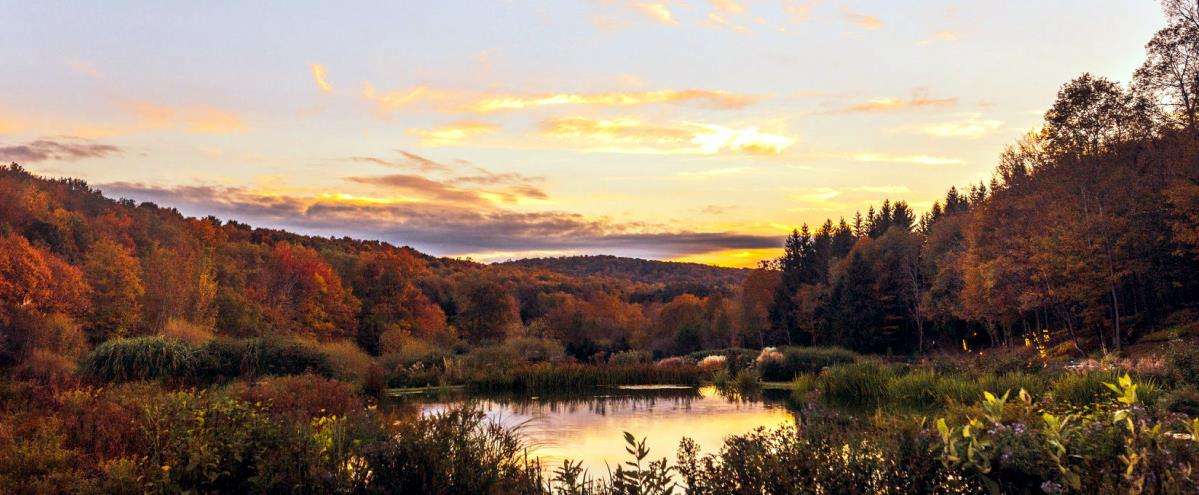Spring is a beautiful time here at Natural Gardens!
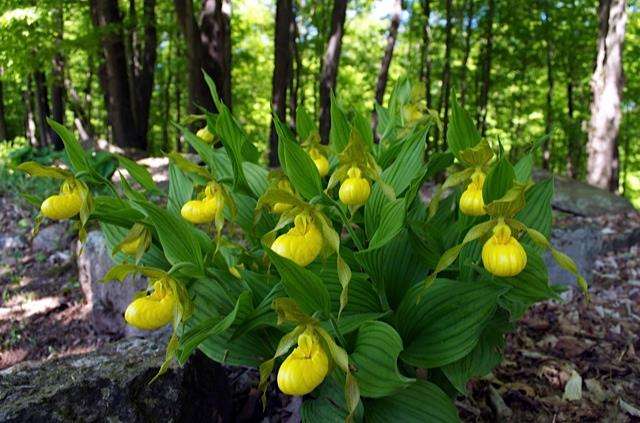
Cypripedium parviflorum, commonly known as yellow lady’s slipper or moccasin flower, is a lady’s slipper orchid native to North America.
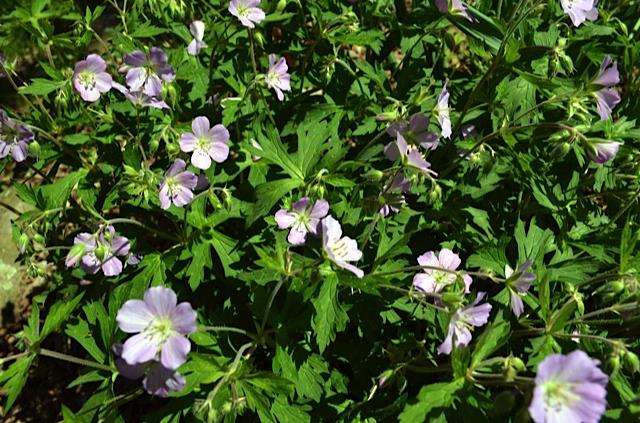
Geranium maculatum, the wild geranium, spotted geranium, or wood geranium, is a perennial plant native to woodland in eastern North America.
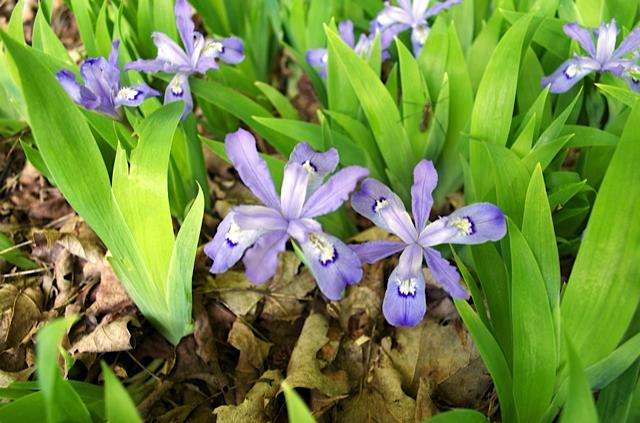
Iris cristata, commonly called dwarf crested iris, is a low-growing, rapidly spreading plant that typically grows to 3-6” tall.
It features pale blue, lilac or lavender iris flowers with gold crests on the falls. Flowers are borne on very short stems, often appearing nearly stemless. Narrow, sword-shaped, yellowish-green to medium green leaves (to 6” long) arise from a network of branching rhizomes. Spreads quickly and forms dense colonies in optimum growing conditions.

Ajuga or Bugleweed is easily grown in average, medium moisture, well-drained soils in full sun to part shade.
Prefers moist, humusy soils with good drainage, but tolerates moderately dry ones. Will grow in full shade, but best foliage color usually occurs in part-sun locations (at least 3-4 hours of sun per day).
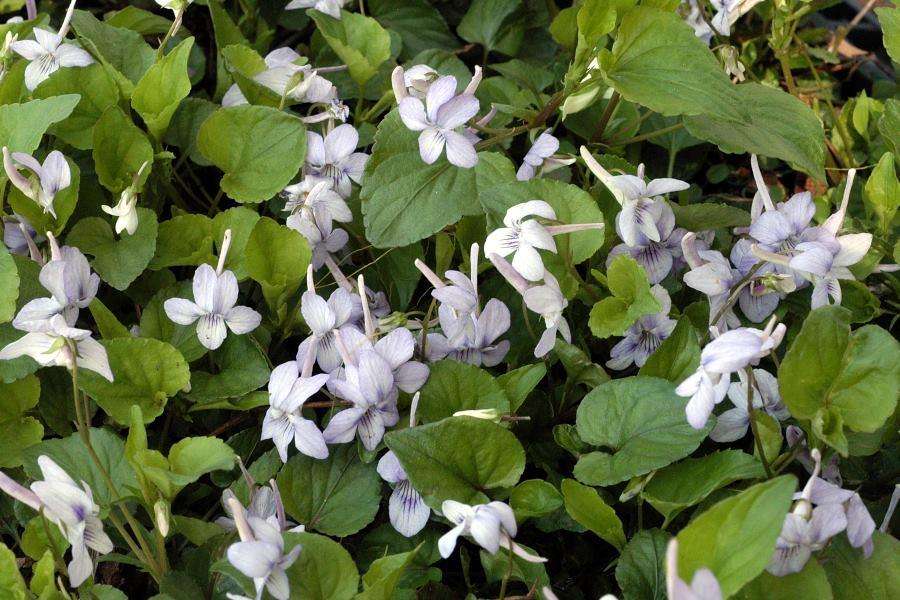
Viola sororia, commonly called woolly blue violet, is a common native wildflower which occurs in woods, thickets and streambanks.
A stemless, rhizomatous, low-growing perennial (3-8″ tall) which features downy, basal, wide-heart-shaped leaves and large blue-violet flowers (sometimes white with purple veining). Each flower rests atop its own leafless stalk. Blooms in early spring and sometimes intermittently into late summer.
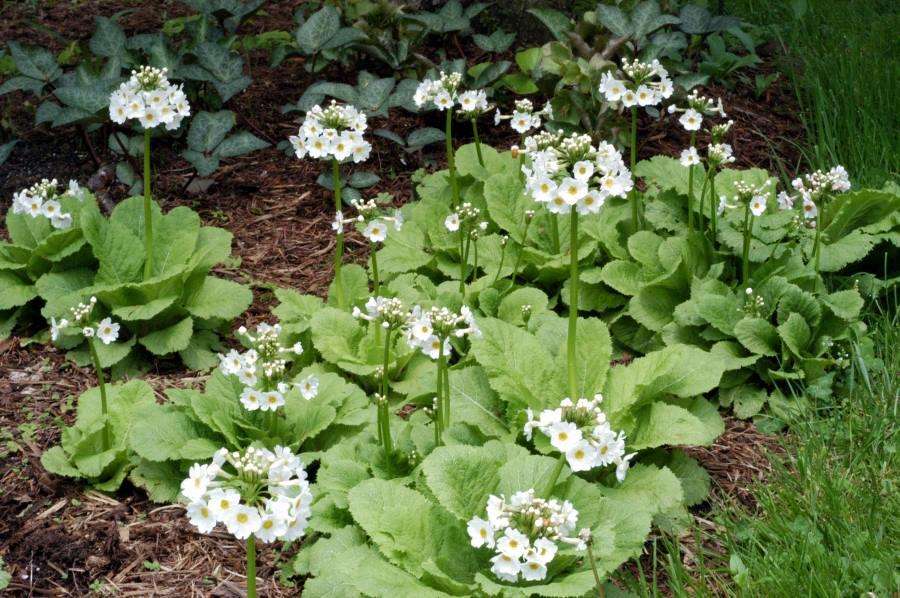
Primroses provide you with early spring blooms in almost every color of the rainbow.
They prefer cool temperatures, a rich humus soil (lots of compost and leaf mold) and partial shade. They appreciate full sun in the spring, but must have semi-shade as the temperatures warm. They are quite tolerant of being transplanted, even when they are in bloom.
